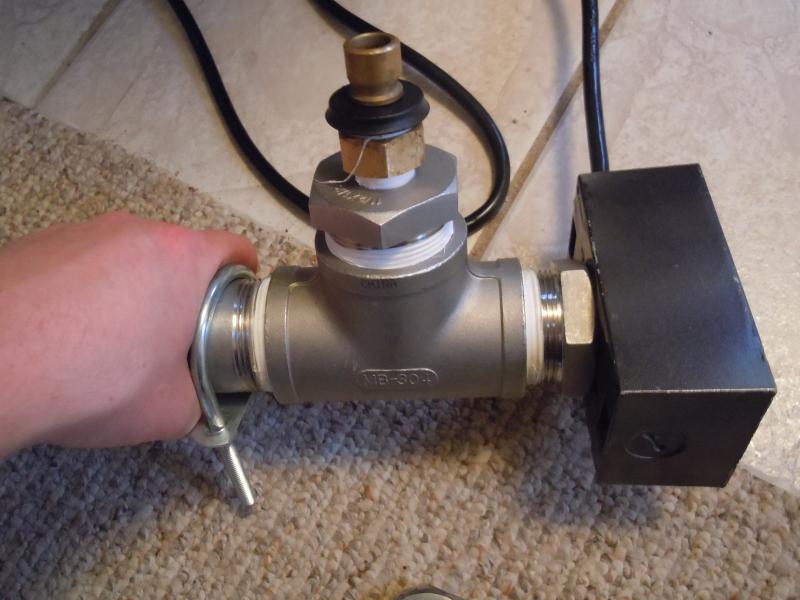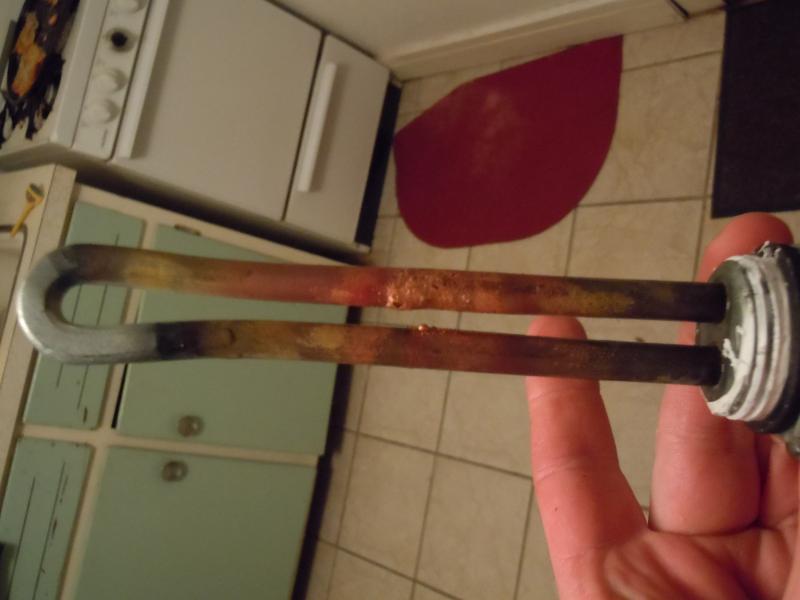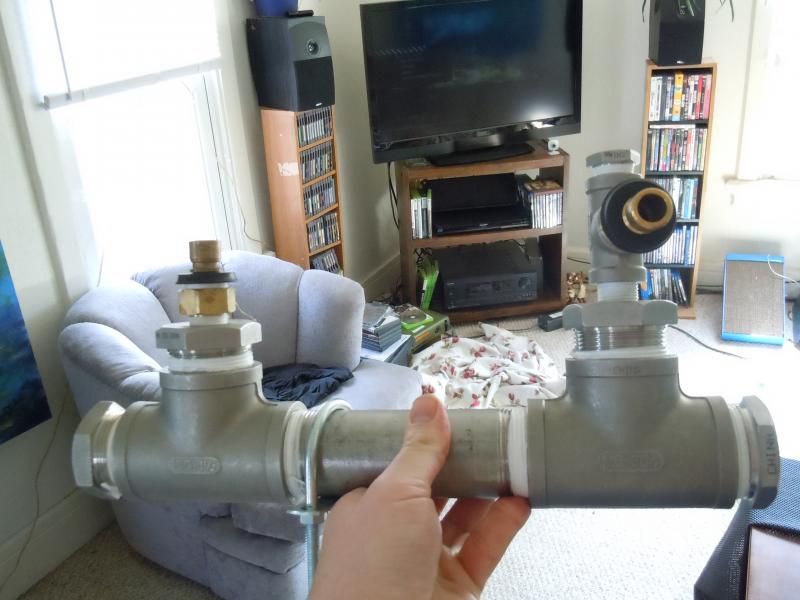klyph
Well-Known Member
I run my pump and PID seperately, there is a risk of dry fire, but most LWD elements can withstand dry firing. I know mine has before...

I run my pump and PID seperately, there is a risk of dry fire, but most LWD elements can withstand dry firing. I know mine has before...
I'm trying to piece together my system and have read this thread start to finish a couple of times. There doesn't seem to be a concensus on the "best" element for use with Brewers Hardware RIMS tube. I spoke to Derrin and he said most are going with 4500W 240V LWD and running it at 110V. The posts on here about corrosion / gunk on element are making me think a stainless / incoloy elelment is the way to go. I found this
http://plumbing.hardwarestore.com/5...inless-steel-water-heater-element-684528.aspx
but at 13 -1/2" length it will be touching the temp probe at the other end (total length of RIMS tube from Derrin is 16") - I'm using this probe
Good luck getting an answer! If you read back i have been trying to get this same answer but I never got anything solid. I think the reason is because everyones system is so different and there really are a bunch of different options out there that will work. If people start to respond to your question there will be tons of different answers..
I have the same RIMS tube as you and i think I am going to go with a 1440w LWLD SS heating element from boston heating supply.
Good luck getting an answer! If you read back i have been trying to get this same answer but I never got anything solid. I think the reason is because everyones system is so different and there really are a bunch of different options out there that will work. If people start to respond to your question there will be tons of different answers..
I have the same RIMS tube as you and i think I am going to go with a 1440w LWLD SS heating element from boston heating supply.






![Craft A Brew - Safale S-04 Dry Yeast - Fermentis - English Ale Dry Yeast - For English and American Ales and Hard Apple Ciders - Ingredients for Home Brewing - Beer Making Supplies - [1 Pack]](https://m.media-amazon.com/images/I/41fVGNh6JfL._SL500_.jpg)









Yes. It is a short element and chrome plated.This is the element
...
How can you tell it's High Watt? because it's shorter than most?
big_al_in_k-zoo said:This is the element
http://www.lowes.com/pd_26371-135-6910470_0__?productId=3133515&Ntt=water+heater+element&pl=1¤tURL=%2Fpl__0__s%3FNtt%3Dwater%2Bheater%2Belement
How can you tell it's High Watt? because it's shorter than most?
I guess it could've gotten air in it. It just seemed to work fine. Then I raised the temp to 170, and maybe ten minutes later it bonked out. Seems like maybe what P-J says. Seemed to wig out then.
Might just buy another one, do the same thing and see if it does it again. Keeping an eye on the outflow back into the tun. 9 bucks isn't to much. I'll take a video when I do so you get more info on my "test" setup......
Wouldn't mounting it vertically work be better since all the air in the tube would want to rise to the top or "get out of the tube"
Are the input/outputs of the tube pointing in the same direction (Up or Down)?

No, didn't think about that. =(
Here's how I had it
I think vertical with the element and Input on the bottom and Output near the top is best but not required.

I would think a horizontal tube with I/O pointed up would be best. If the tube is vertical, you'll always have a bubble at the base of the sensor. And if the sensor isn't submerged, you'll have problems as well.
It'd be optimal to have a drain, or some sort of toggle clamp on the U-bolts so you can turn the I/O downward to drain.